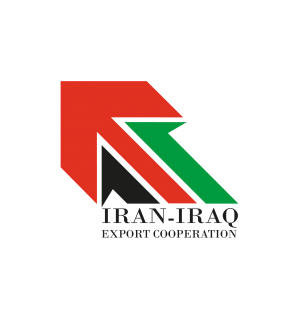
- 23/09/2020
- Sales
- 0 Comments
- Export-Import
Iran & Iraq Export Company – Tezmer Turkey
Iraq has a population of approximately 31 million and an area of 438.317 square kilometers. The country, like other Middle Eastern countries, is composed of several different religions and ethnic groups. Iraq is different from other Middle Eastern countries because Iraq is rich in natural resources such as oil, natural gas, and phosphate (Ministry of Foreign Affairs-Romania, 2014). It is impossible to mention that this richness brings certain benefits to the Iraqi people. At the beginning of the 20th century, Iraq occupied the former part of the Ottoman Empire.After gaining independence in 1932, the country was ruled by several dictators. The last dictator, Saddam Hussein, was shot down by coalition forces under the supervision of the United States. Nowadays; although corruption, political and security issues are still the main issues, economic development has increased social well-being (United States Central Intelligence Agency, 2014).
From the establishment of the Republic to 1980, the Turkish economy generally believed that the continued implementation of foreign trade policies could not be observed. During this period, the free trade policy was experienced twice, the first time was due to the “Lausanne Treaty” between 1923 and 1928, and the second time was due to changes in economic policy between 1950-1954. National statistical policies are usually implemented outside these two time limits. Due to the worldwide oil crisis in the 1970s and Turkey’s balance of payments crisis, a comprehensive stabilization plan was implemented on January 24, 1980. Through this plan, Turkey has implemented an export-oriented growth strategy instead of an import substitution development strategy. Therefore, the analysis of Turkey’s international trade became very important in the post-1980 period. Today; from the statistics obtained by the Turkish Statistics Office, it can be seen that one of Turkey’s most structural economic problems is the current account deficit, which is caused by poor structured free trade policies and poor infrastructure.

Leave a Comment